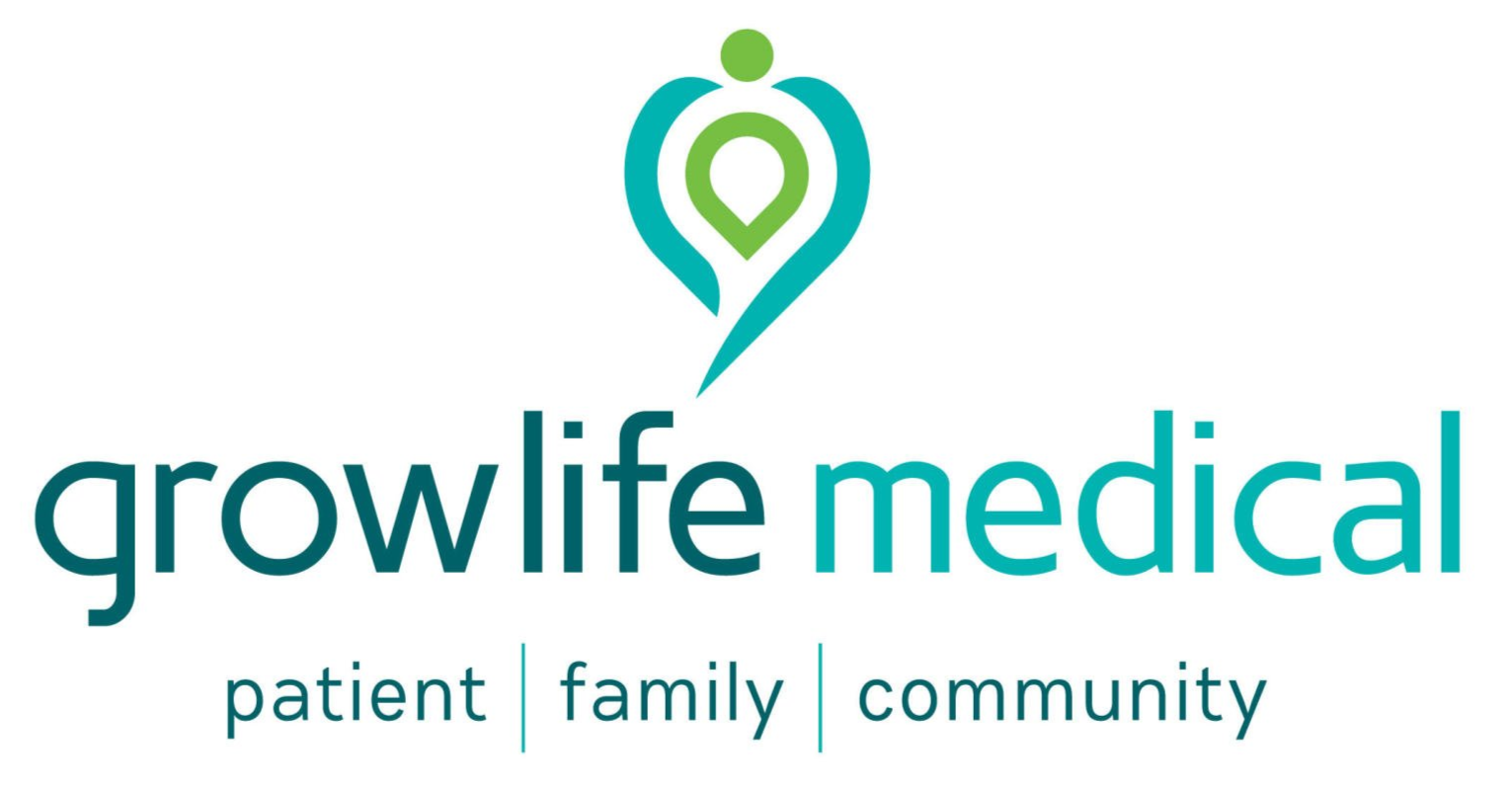What does food have to do with high blood pressure?
More than you may realise!
What is blood pressure?
- Blood pressure is the force of your blood pushing against the walls of your arteries as it moves through your body.
- Everyone has a blood pressure – it is essential for life. It helps ensure our blood is pumped from our heart all the way up to our brain and out to our arms and legs.
- Just like water from a tap, if the pressure is too low, the water doesn’t flow well enough and can’t do its job (think of trying to clean a plate with a low water pressure). If your blood pressure is too low, you may feel faint.
- If the pressure is too high from a tap, you might damage a fragile surface (think of flaking paint with a high-pressure hose). Similarly, when your blood pressure is too high, it can cause damage to the fragile lining on the inside of your arteries, or to the fine filter in your kidneys.
I have high blood pressure- what does this mean?
- When you have your blood pressure checked, your results will show two numbers.
- Systolic/diastolic
- When the first number is less than 120 and the second number is less than 80, it indicates a healthy blood pressure. As these 2 numbers rise, health practitioners may become increasingly concerned. This is because high blood pressure can increase risk of stroke, heart disease and kidney disease.
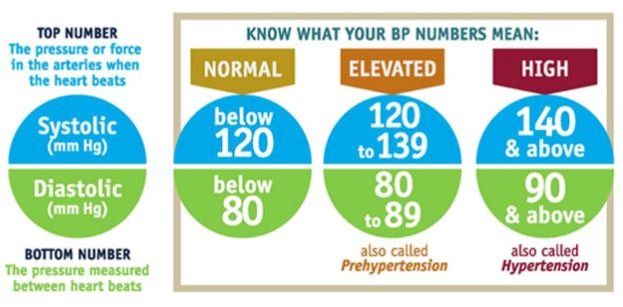
How did I get high blood pressure?
There are many factors that can influence or lead to high blood pressure. The following list provides some common examples (but please note this is not an exhaustive list):
- Obesity
- Diabetes
- Pregnancy
- Exercise
- Diet
- Medication
What is the relationship between food I eat and blood pressure?
In a nutshell, wherever salt goes, water follows. This means:
- If we increase salt in our diet, it translates to increased salt in our blood. If there is more salt in our blood, there will be more water content in our blood. This larger volume of fluid in our arteries and veins can result in an increase in blood pressure.
- Contrarily, if we decrease our salt intake, this will translate to decreased salt in our blood. If there is less salt in our blood, there won’t be excess water build up in our blood. This will decrease the volume of fluid in our arteries and veins, thus resulting in a decreased blood pressure.
So, if you are diagnosed with high blood pressure, eating less salt can really help reduce your blood pressure.
But how can I reduce my salt intake?
Here are 10 hot tips for you to get that blood pressure down:
- Put the salt shaker away: Avoid using salt in cooking and at the table, as this contributes up to 15% of our total salt intake.
- Allow your tastebuds to adapt: It can take your tastebuds 4-6 weeks to adapt to a lower salt diet – remember, patience is a virtue!
- Add other flavours: Use fresh or dried herbs, spices, pepper, lemon juice, vinegar, garlic, etc. Don’t be afraid to experiment with these flavours! I am convinced it is impossible to create a bad-tasting meal by throwing in a random mix of these ingredients.
- Choose ‘no added salt’ or ‘salt reduced’ products: You should be able to identify these products by the product labelling.
- Fresh is best: Over 70% of the salt we consume comes from processed/restaurant foods. This is because salt is commonly used as a preservative to extend the shelf-life of foods. By planning your grocery shop around your meals for the week, you can buy more fresh food without worrying about it ‘going off’ before you get a chance to eat it.
- Maintain a healthy body weight and waistline: Studies consistently show excess weight gain, particularly when associated with central obesity, can be attributed as the cause of hypertension two-thirds of the time.
- Exercise every day: Regular physical activity will make your heart stronger. A stronger heart can pump more blood with less effort. This means less pressure on the arteries, which will lower your blood pressure.
- Check the nutrition information panel on packaged foods: Less than 120mg salt per 100g food is desirable. Anything less than 400mg per 100g is moderate, but any product with a salt level above this should be limited.
- Limit fast food and take-away options: These foods are often highly processed and thus contain super high amounts of salt. For example, one Big Mac from McDonalds contains around 50% of our recommended daily salt intake.
- Use condiments and sauces sparingly: These are notorious for having high amounts of salt.
Experimenting with other flavours: Examples
1. Pork – garlic, lemon rind, coriander, apple sauce, ginger, mustard
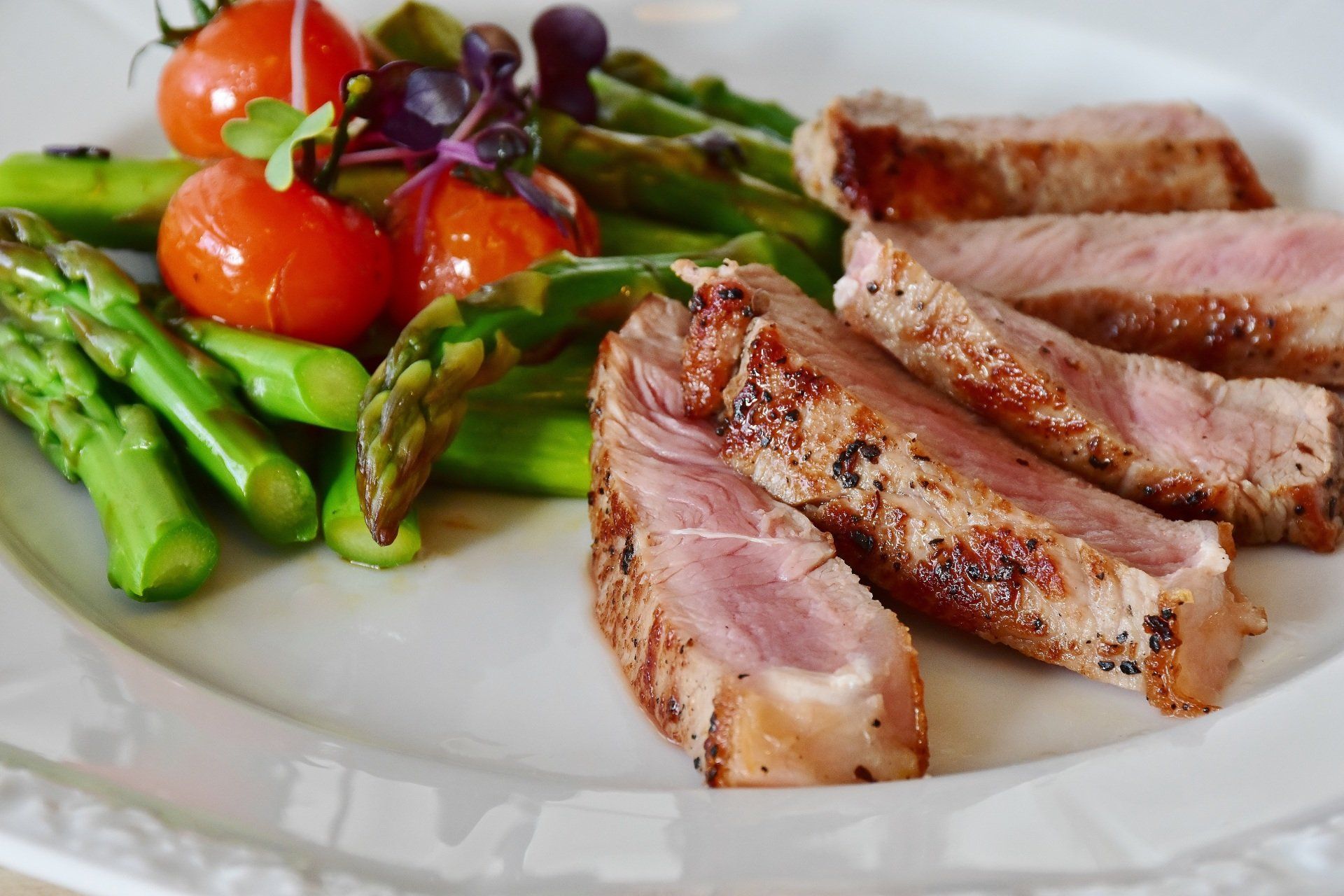
2. Fish – lemon juice, pepper, lime juice, chives, parsley, vinegar
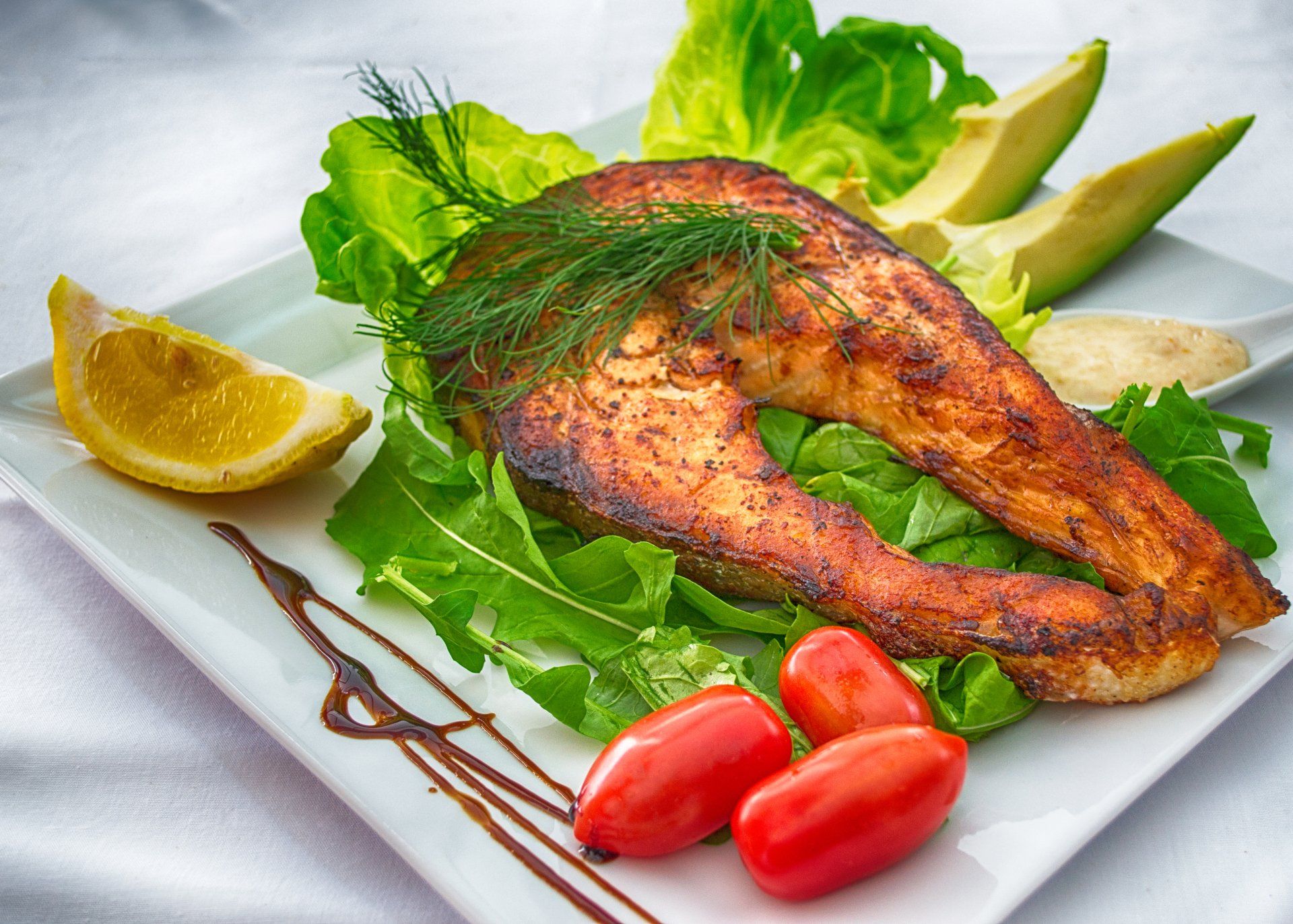
3. Potato – chives, paprika, mint, parsley, black pepper
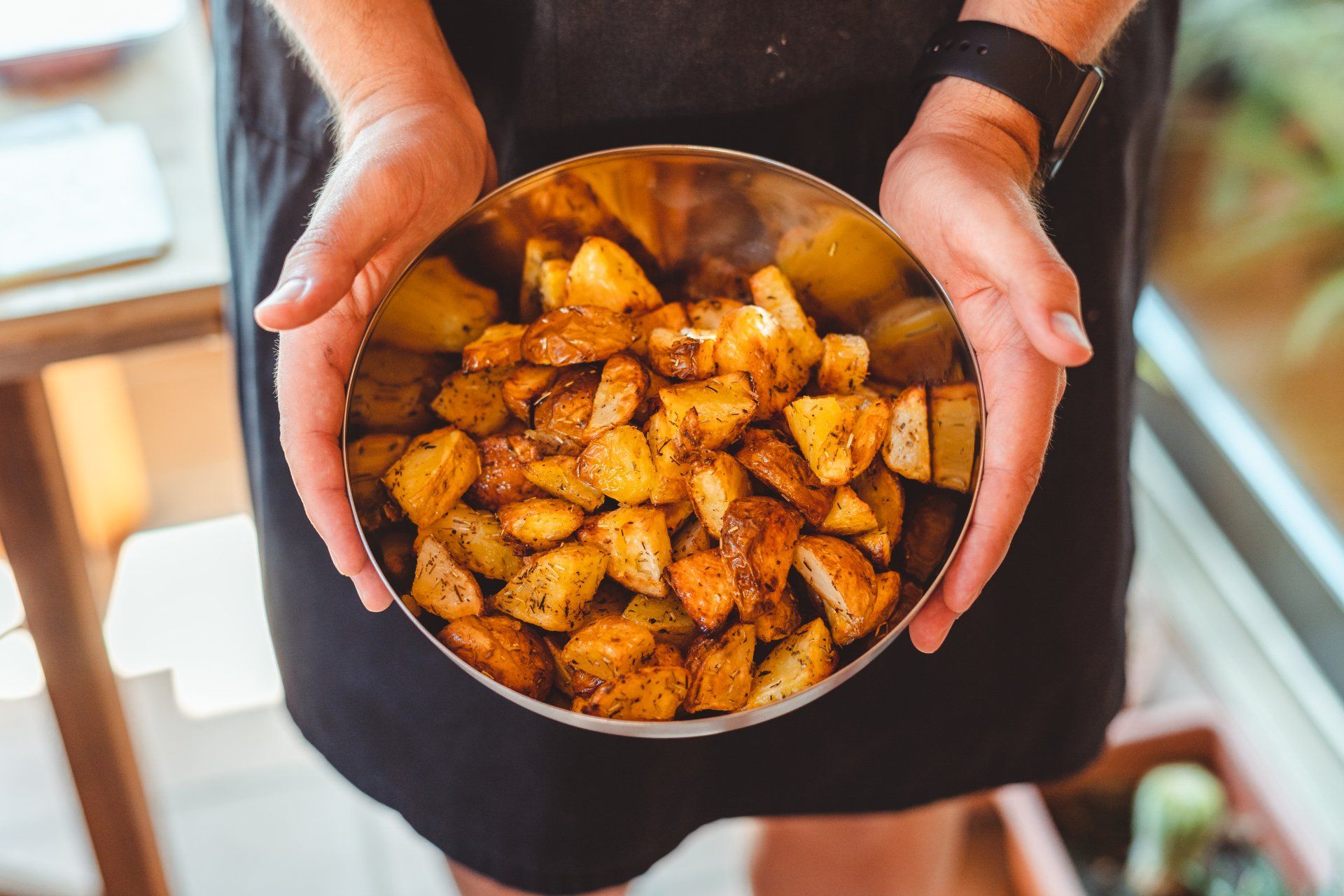
4. Carrots – ginger, cinnamon, honey, parsley
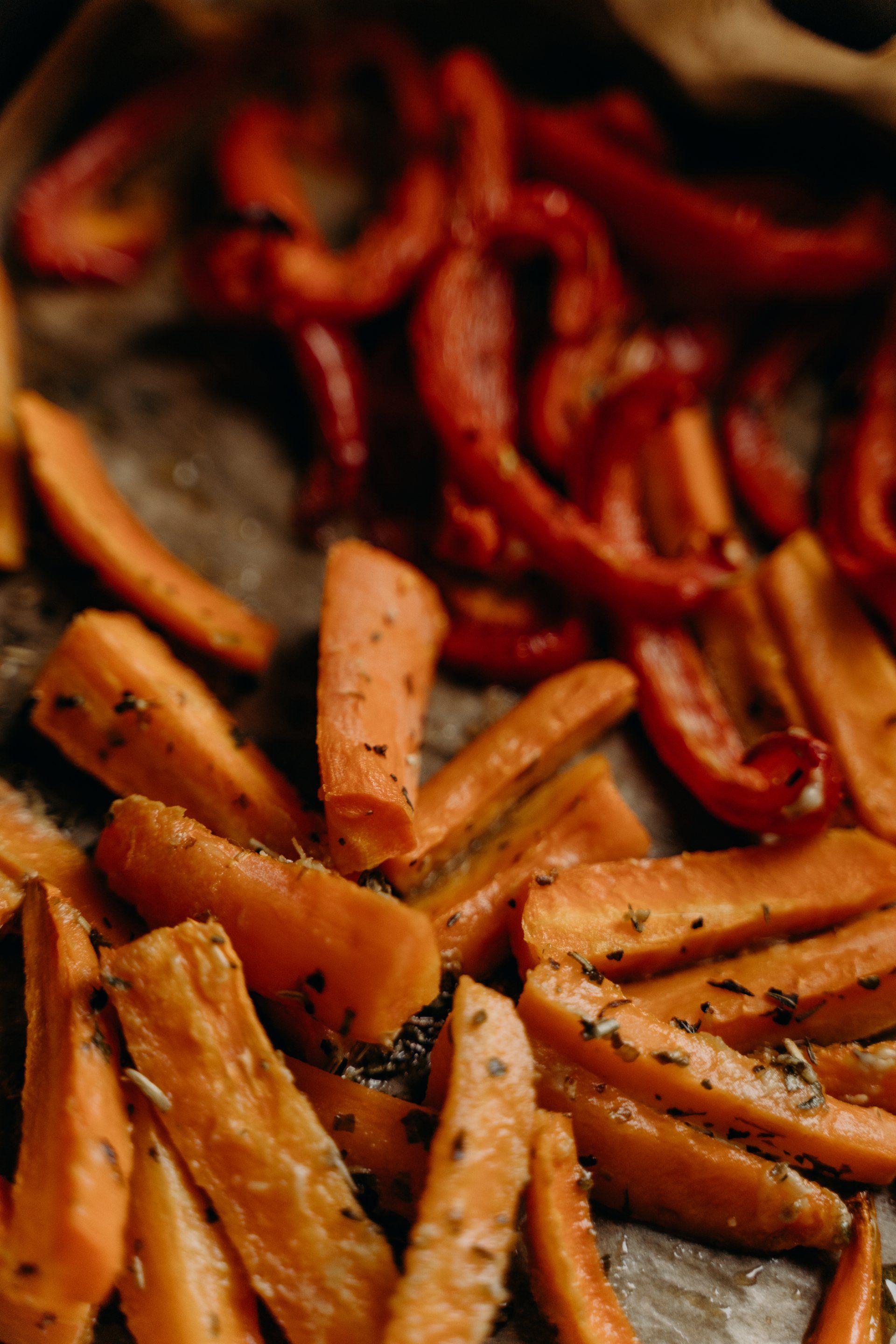
Want more information?
Check out simple swaps to eat less salt for ideas on how to eat less salt!
It should be noted the above information and recommendations are generalised and ‘should be taken with a grain of salt’. For more individualised and comprehensive advice, we recommend having your blood pressure checked by your GP, and booking an appointment with our dietitian by clicking here, or using the icons below.
